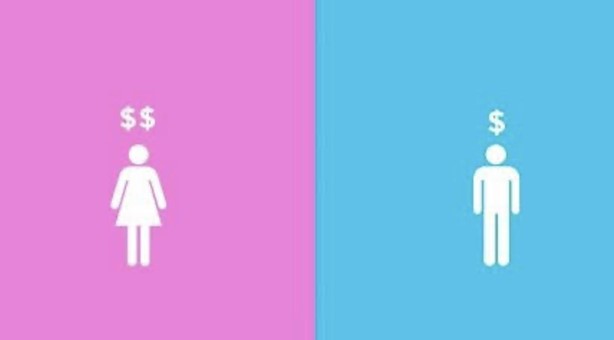The concept of the gender wage gap and its implications are widely known and reported on by several data banks and many empirical studies. However, the possibility that there is injustice for women also in the consumer market is not a well-known fact.
The name, the “Pink Tax,” stems from the historical prevalence of products being marketed to women having a tendency to be pink in color. The Pink Tax manifests itself in two ways. First, certain products or services bear an additional tax on the price. Second, which is not literally a tax, firms sell products marketed to women at a higher price than they sell (nearly identical) products marketed to men. In this second case, firms are not charging higher prices on female products out of malice but are following a profit-maximizing strategy that capitalizes on market trends, preferences, shopping behavior, and psychology. Even though a literal tax is not in place, many women feel compelled to pay these higher prices for a variety of reasons. Thus, when the market bears higher prices on "female" products, therefore, a financial burden is being placed on women that is not placed on men, epitomizing social gender-stereotypical norms whether the firm's discriminatory pricing is intentional or not.
We all witness men joking about their girlfriends having an indistinguishable new haircut for double the amount they pay for a fancier haircut but when it comes to acknowledging this disparity – voila! There is no disparity, of course. In India we do not have any credible data to show the existence of pink tax. This gives birth to the argument that pink tax is non-existent in India. In the Indian context, it would be more apt to say that we do not have any pink tax levied on women products per se, but we do have evident gender price discrimination in products and services.
A study in India showed that while a razor for men costs- Rs. 180, its pink, that is, women’s version- costs Rs. 250, a shocking difference of Rs. 70 for a change in the color of the product. Similarly, a basic t-shirt costs men Rs. 305 while the same one costs women Rs. 359 and dry-cleaning services for the same shirts may cost women as much as 92% more than men.
What’s more surprising, there is barely any awareness about this price discrepancy in developed and developing countries alike. A survey revealed that as many as 67% adults in India had never even heard of the pink tax. The first time that this gendered pricing was brought to the public eye in India was through the movement against the 12-14% GST levied on the tabooed sanitary napkins and other women’s hygiene products. While contraceptives remain tax free and are considered essential goods, a “tampon tax” was imposed on women’s sanitary products as they were considered a luxury instead of a necessity.
As per the Global Gender Gap Report 2022, there is a 19% pay gap between women’s and men’s salaries in India for the same amount of work or responsibility, especially in the agricultural sector where women undertake 80% of the work. The gap extends from the agricultural to the IT sector.
The pink tax and gender pay gap work both independently as well as in conjunction, rendering women more financially unstable. The pink tax makes women victims of increased expenditure whereas the gender pay gap cuts short their earnings. The two, coupled together, work to make women more economically vulnerable by considerably reducing their purchasing power. Gender discrimination is not merely a social issue, rather it is reflected in every aspect of society, especially the monetary, thereby deepening the female economic disparity.
The most important point to admit here is that females are required to live up to the standards of society. The world expects women to be more presentable and attractive, knowing they are paid less and have to buy basic items at higher rates. This makes the life of a female a lot worse than how it has already been. Talking about the pros and cons of the Pink Tax, companies make a hefty amount by selling the exact same products to women. Meanwhile, women are burdened by another one of patriarchal baggage. Think for yourself, whether the Pink Tax can be avoided or not.






